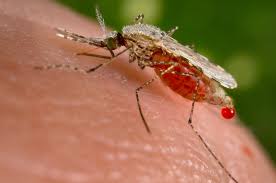Oropouche Fever:

Italy reported its first-ever case of Oropouche fever, a mosquito-borne disease, recently.
- Oropouche Fever is an emerging zoonotic arboviral disease caused by the Oropouche Virus (OROV).
- OROV is part of the orthobunyavirus family, with an incubation period of 4 to 8 days.
- It was first discovered in Trinidad and Tobago in 1955.
- The symptoms of Oropouche fever often mimic those of other viral infections, including fever, headache, muscle pain, joint pain, and nausea.
- However, severe cases can lead to meningitis or encephalitis, posing significant health risks, especially to vulnerable populations.
- Most patients recover in about a week, but for some, symptoms linger for weeks.
- It is spread to humans through the bite of an infected midge (small fly) or mosquito.
- Factors such as urbanization, deforestation, and climate change contribute to the proliferation of its vector, escalating the risk of transmission.
- There are no vaccines to prevent Oropouche fever.
- There is no specific treatment for Oropouche fever.
- Medical care aims to control the symptoms and help with recovery.




